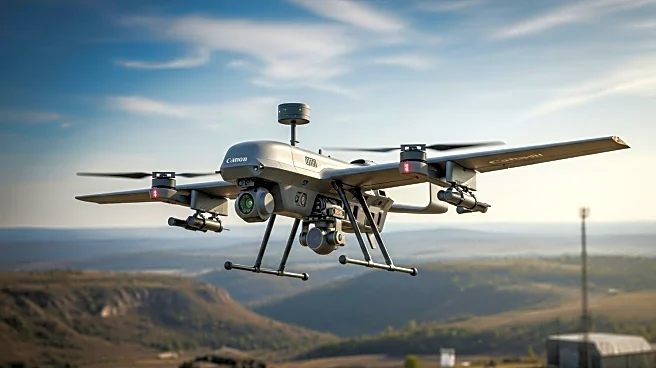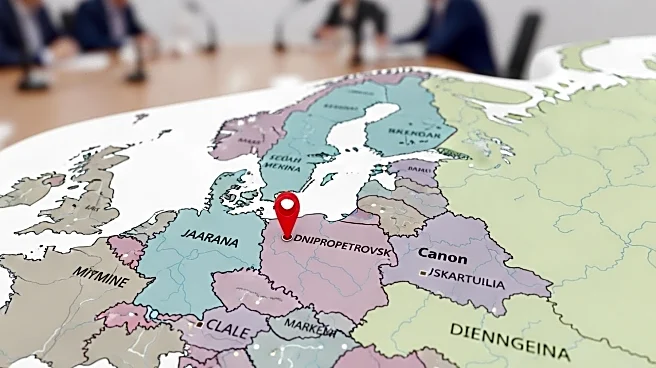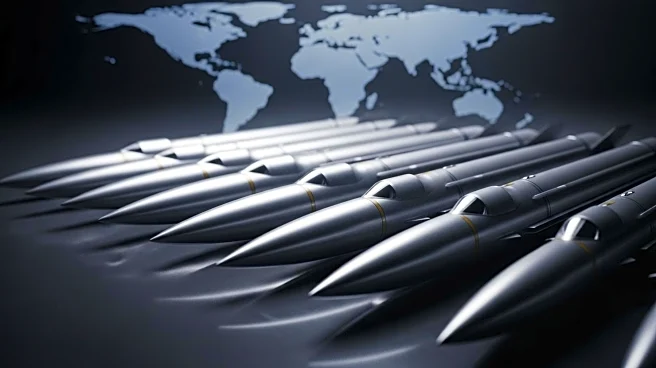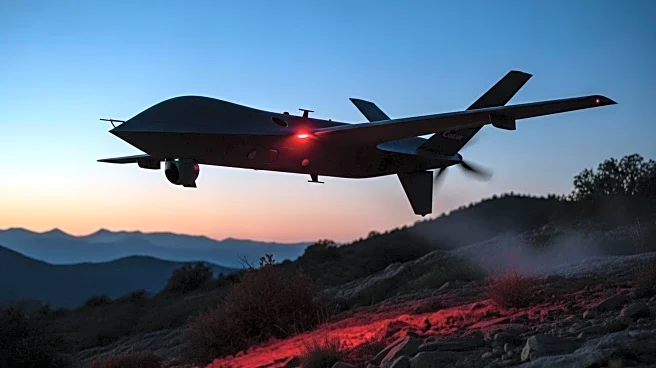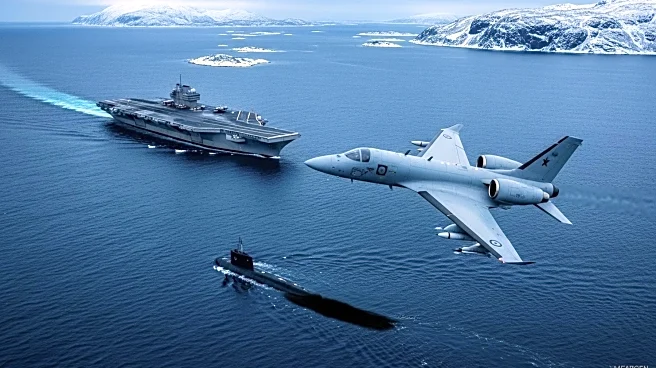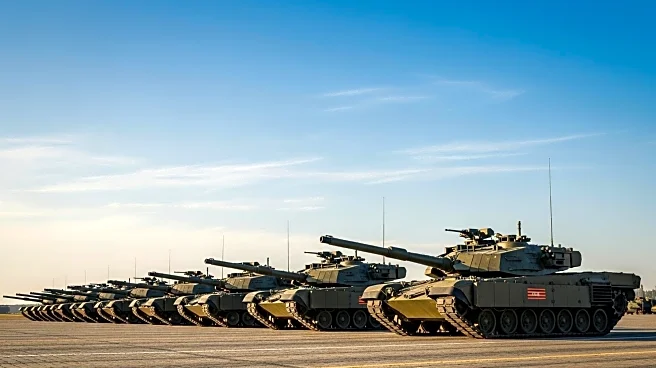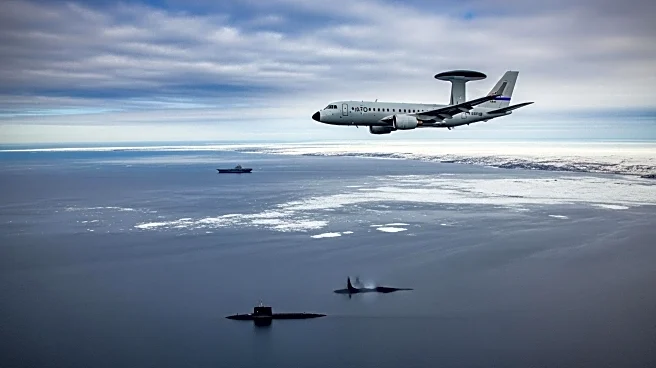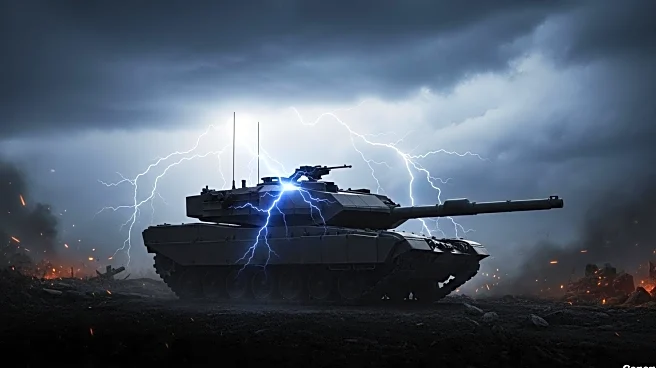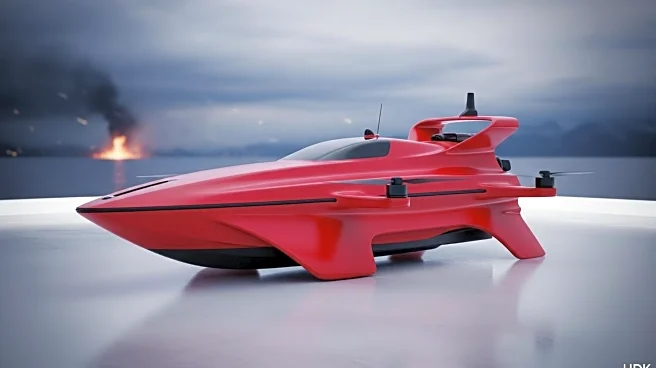What's Happening?
NATO's military chief, Gen. Alexus Grynkewich, has encouraged defense contractors to test their technology in real-world situations, particularly in Ukraine, to better understand modern battlefield needs. Speaking to an industry group in Washington, D.C., Grynkewich highlighted the importance of companies attending the upcoming Defense Tech Valley conference in Ukraine. This event will bring together numerous European companies with co-production or co-licensing agreements with Ukraine. Grynkewich emphasized the opportunity to learn from the current battlefield environment, which is crucial for future defense strategies. The NATO Prioritised Ukraine Requirements List (PURL) initiative has already attracted over $2 billion in pledges, aiming to coordinate Ukraine's defense needs with European and U.S. inventories.
Why It's Important?
The call to test defense products in Ukraine underscores the strategic importance of real-world testing in shaping future defense capabilities. This initiative is significant for the U.S. and European defense industries, as it aligns with increased defense spending across NATO allies. The feedback from Ukraine's military operations will influence the development and stockpiling of weapons, impacting the global defense market. Companies that engage in this testing may gain a competitive edge in future defense contracts, as they adapt to the evolving needs of modern warfare. The initiative also strengthens NATO's support for Ukraine, reinforcing geopolitical alliances and defense cooperation.
What's Next?
Defense companies are expected to participate in the Defense Tech Valley conference in Ukraine, where they will have the opportunity to test and showcase their products. The feedback from these tests will likely inform NATO's future procurement strategies and defense planning. As the PURL initiative continues to attract pledges, further coordination between NATO allies and Ukraine is anticipated. This collaboration may lead to increased investment in defense technologies and infrastructure, potentially influencing broader defense policies and international relations.
